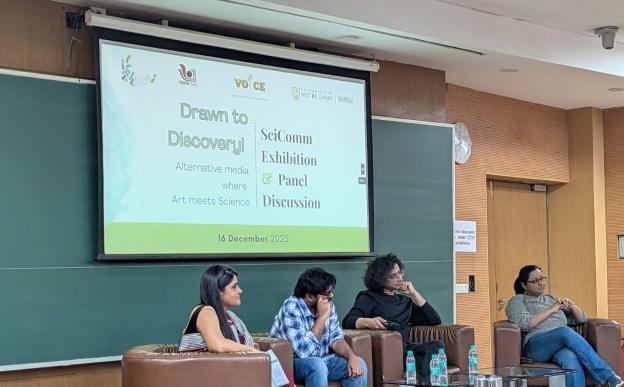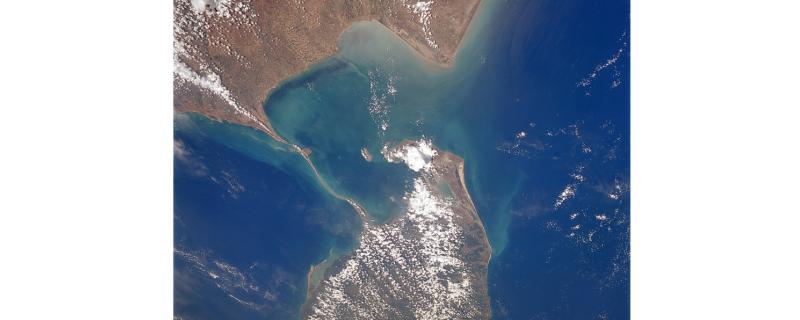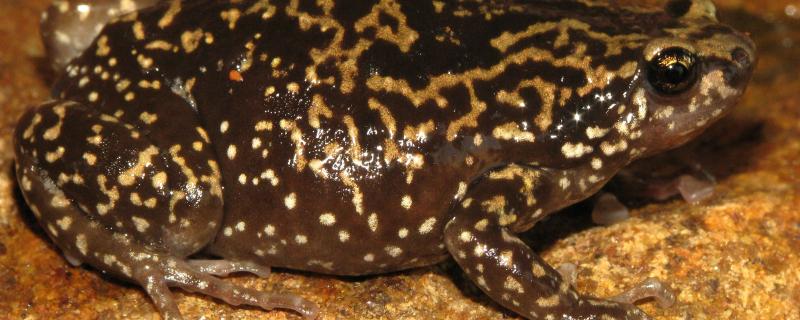Researchers from the Indian Institute of Science, Bangalore, find how geckos from India could have spread into and adapted to the Sri Lankan environment.
The Indian Institute of Science Education and Research (IISER) Pune on Tuesday launched the VOICE Fellowship 2025
Pune/


